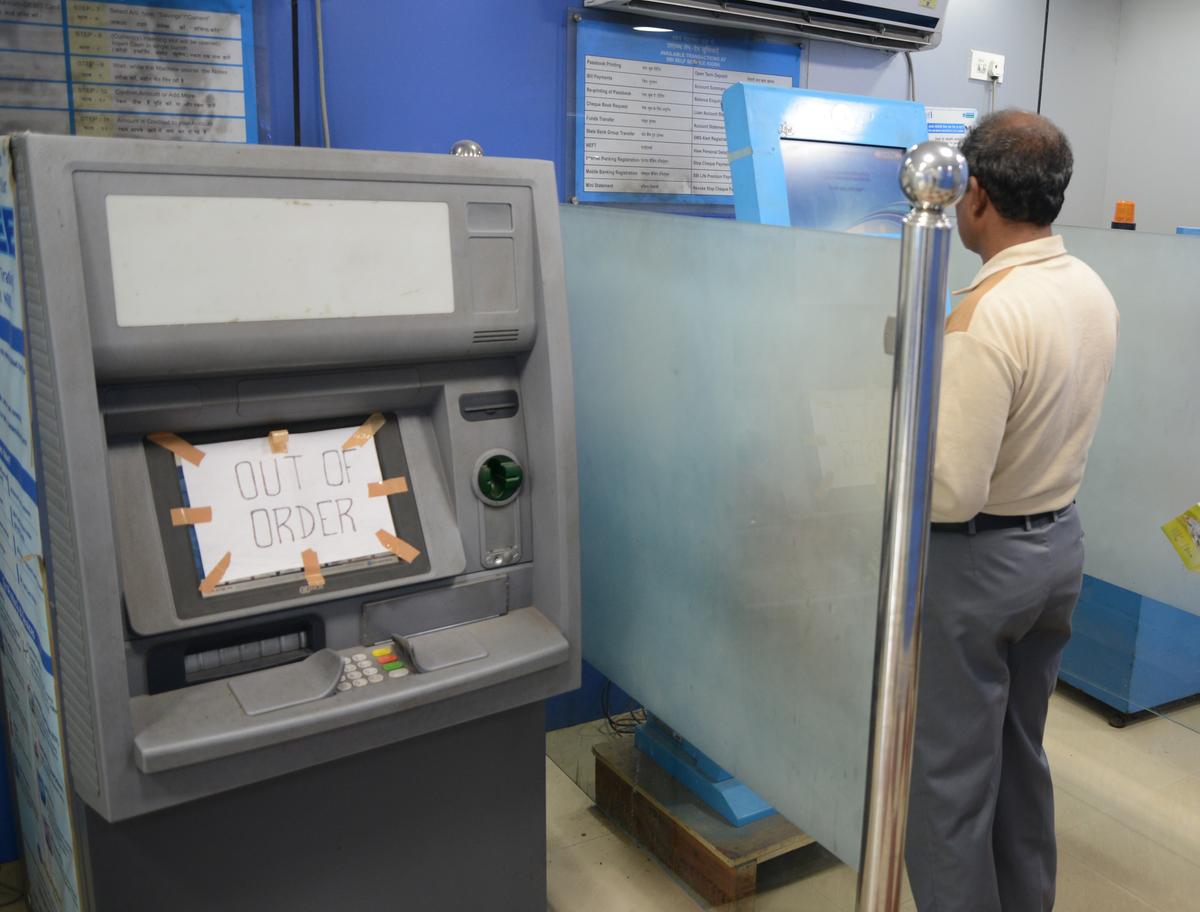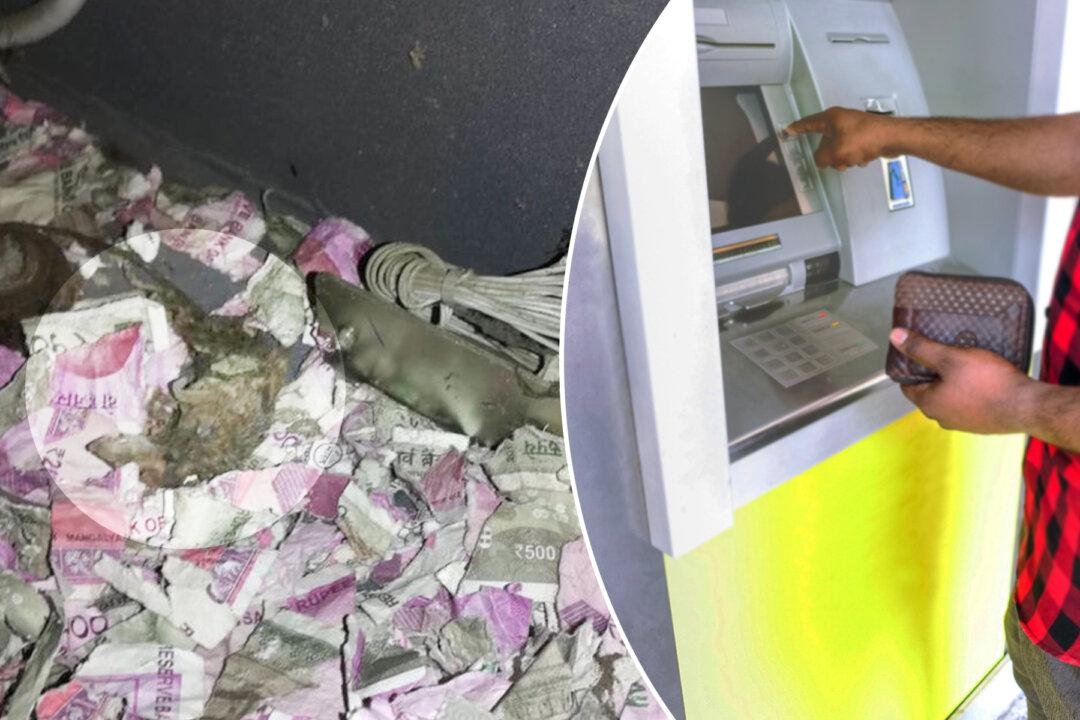From the archives: This story was last updated in March 2019.
Money doesn’t grow on trees; we know that much. But apparently, it makes excellent food for Tinsukia’s hungry rodents. Bank technicians from the town in the northeastern state of Assam were called to the scene to investigate a dysfunctional State Bank of India (SBI) cash machine, and got far more than they'd bargained for upon opening it up.
Bank technicians were called to the scene Illustration - Shutterstock | DIPTENDU DUTTA





